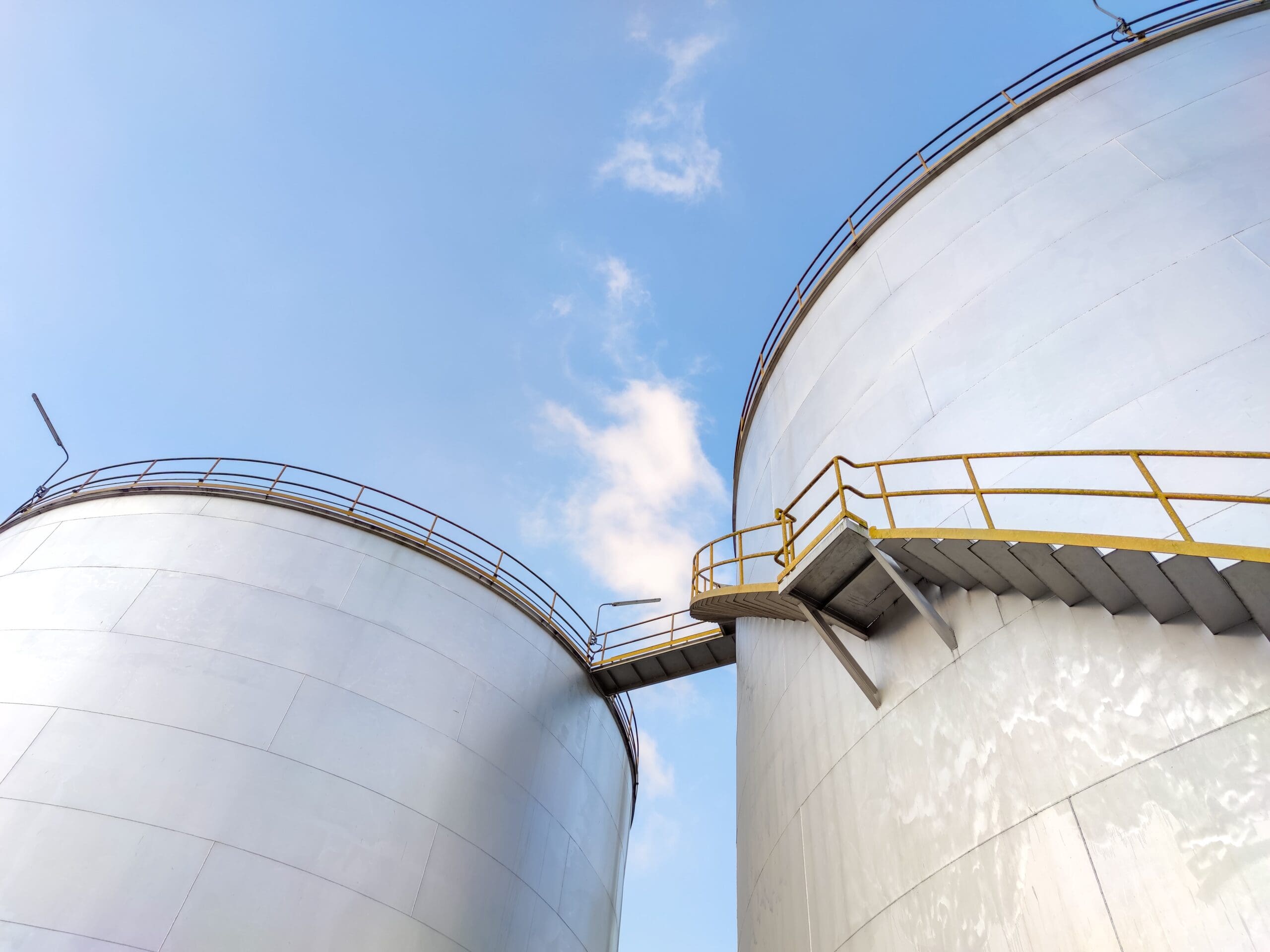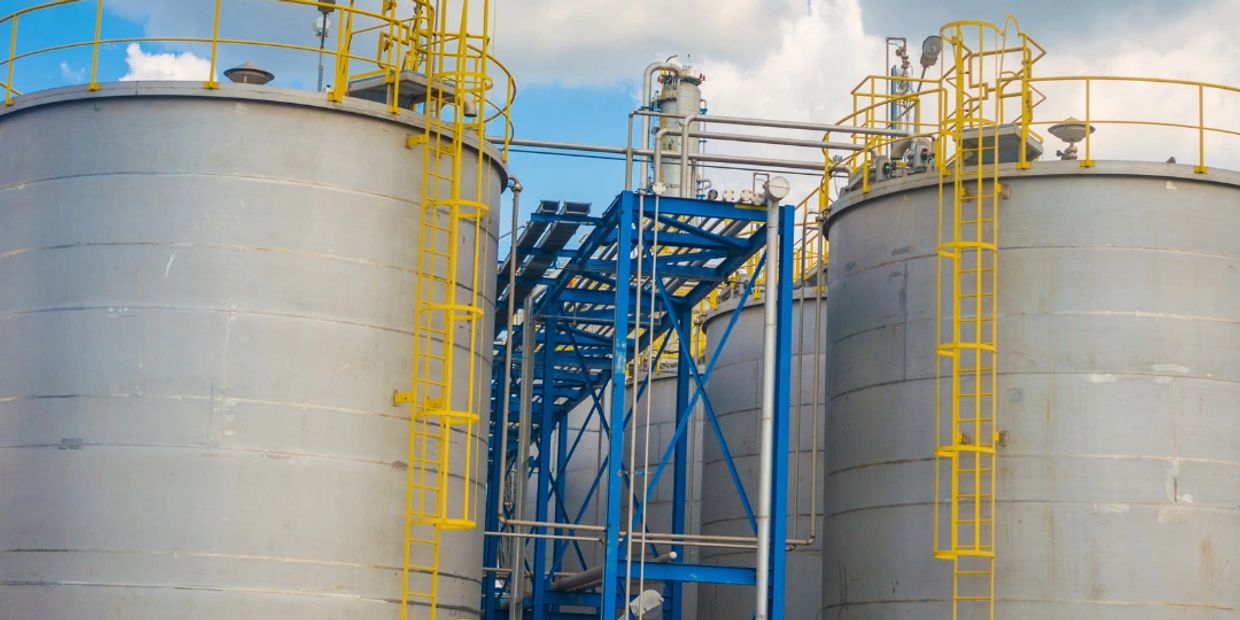Exactly How to Ensure Compliance with Tank Welding Inspection Standards
A Comprehensive Overview of Container Welding Assessment Criteria and Methodologies for Improved Weld Quality and Efficiency
The value of welding assessment standards in the production of storage tanks can not be overemphasized, as they work as the backbone for making sure weld honesty and functional reliability. Various assessment strategies, including aesthetic analyses and advanced non-destructive screening approaches, are vital in recognizing potential imperfections that might endanger performance. Adhering to regulative standards not only enhances weld top quality yet additionally mitigates the risk of expensive failings. As we explore the subtleties of these methodologies, it becomes essential to consider how an organized technique can reinvent existing techniques and cause significant renovations in end results.
Importance of Welding Assessment Standards

Welding inspection criteria include a range of criteria, consisting of material specifications, welding treatments, and certifications of personnel associated with the welding process. By enforcing these criteria, organizations can systematically recognize and correct possible flaws, thus lowering the probability of costly fixings or catastrophic failures. In addition, strenuous assessment techniques cultivate a culture of accountability and precision, motivating welders to keep high degrees of craftsmanship.

Common Welding Examination Techniques


Ultrasonic Checking (UT) is an additional prevalent technique, utilizing high-frequency acoustic waves to find inner imperfections that may not show up externally. This method is especially efficient for recognizing gaps or incorporations within the weld steel. Magnetic Fragment Testing (MT) is additionally widely utilized, specifically for ferromagnetic products, as it discloses surface area and near-surface issues through the application of magnetic fields and ferrous particles.
Additionally, Fluid Penetrant Screening (PT) discovers surface-breaking issues by applying a penetrant to the weld and afterwards making use of a developer to draw out the penetrant. Each of these strategies adds to a comprehensive evaluation technique, making sure that welds fulfill the rigid high quality requirements needed in storage tank construction.
Regulatory Requirements and Conformity
Regulatory requirements and conformity are important components in ensuring the safety and security and integrity of welded frameworks in container building - Tank Welding Inspection. These requirements serve to develop minimum demands for material homes, welding procedures, and evaluation techniques, consequently decreasing the threat of architectural failures and improving general performance
Key organizations, such as the American Society of Mechanical Designers (ASME) and the American Welding Culture (AWS), supply guidelines that are widely embraced in the industry. Conformity with these standards not just makes certain adherence to ideal methods however also meets lawful and legal responsibilities, protecting the interests of stakeholders.
Regulative bodies frequently mandate adherence to details codes, such as ASME Code Section IX for welding certifications and API 650 for bonded storage tanks. These codes lay out requirements for welding strategies, certifications of workers, and testing hop over to these guys techniques to validate weld integrity.
Routine audits and examinations are vital to keeping compliance, as they help recognize variances from established standards. Non-compliance can lead to significant fines, job hold-ups, and security hazards. Hence, a durable understanding of regulative criteria and a dedication to conformity are paramount in accomplishing top notch and durable bonded tank frameworks.
Non-Destructive Testing Approaches
How can the stability of bonded frameworks be ensured without creating damages? Non-destructive testing (NDT) approaches provide a durable service, making it possible for examiners to review weld quality without endangering the material - Tank Welding Inspection. Amongst the most typical NDT methods are ultrasonic testing (UT), radiographic testing (RT), magnetic bit testing (MT), and dye penetrant testing (PT)
Ultrasonic screening uses high-frequency audio waves to identify inner imperfections and identify material residential properties. It supplies specific dimensions and is specifically reliable for thick products. Radiographic testing involves passing X-rays or gamma rays with the weld, producing photos that expose architectural flaws such as fractures or voids. This method is invaluable for analyzing the honesty of complicated welds.
Magnetic fragment screening is fit for ferromagnetic products, where electromagnetic fields disclose surface and near-surface interruptions. Color penetrant screening makes use of a liquid dye to highlight surface-breaking defects, making it an effective approach for non-porous materials.
Each of these NDT methods has unique advantages, permitting thorough assessments tailored to specific products and welding processes. By implementing these strategies, markets can make certain the dependability and safety and security of welded frameworks, eventually boosting general efficiency.
Enhancing Weld Quality Through Evaluation
Effective examination plays an essential role in boosting weld top quality, working as an important checkpoint in the fabrication process. By determining potential flaws early, inspections reduce the threat of endangered architectural integrity and guarantee conformity with industry requirements. Using a mix of visual evaluations, non-destructive screening (NDT) methods, and mechanical assessments, examiners can identify problems such as porosity, cracks, and insufficient combination.
Applying a robust inspection method not just improves the total high quality of welds but likewise promotes a society of liability amongst welders and producers. Regular training and qualification of evaluation personnel make certain that they are outfitted with the needed abilities to acknowledge and address possible troubles properly. This aggressive approach reduces rework and associated costs, eventually adding to project efficiency.
Moreover, detailed paperwork of evaluation findings provides beneficial understandings into recurring concerns, promoting constant improvement in welding practices. By leveraging sophisticated innovations, such as automated ultrasonic screening or electronic radiography, weld top quality can be enhanced through much more exact analyses. In conclusion, a rigorous inspection you can try this out procedure is essential in attaining top notch welds, making certain safety and security, reliability, and longevity in tank fabrication.
Conclusion
In final thought, the application of strenuous container welding inspection requirements and methods is crucial for ensuring weld integrity and performance. By using a combination of visual assessments, non-destructive screening approaches, and adherence to regulative criteria, organizations can additional hints effectively determine and mitigate potential defects.